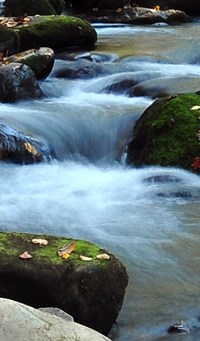
Water mites are found in all freshwater habitats including streams, rivers, ponds, lakes, and wetlands. They are highly diverse, but the actual number of species is unknown. It has been estimated that at least 6,000 species occur worldwide, and that number may rise to as many as 10,000 when the group has been more carefully studied. In North America, over 1,500 species are currently conservatively estimated to occur north of Mexico, but more than half of these species are not yet named. The rivers and streams of Great Smoky Mountains National Park are known to support highly diverse water mite populations. As part of the All Taxa Biological Inventory, water mites were collected from all major watersheds in the park from 2005 through 2010. Of the 139 North American genera, at least 60 are found in the park. More than half of the specimens that have been collected are believed to represent species new to science. As research on water mites progresses at the Canadian National Collection of Insects and Arachnids in Ottawa, Ontario, and at the University of Arkansas in Fayetteville, information continues to be published on new and existing species that occur in the park. Water mites are the only group of mites that have specialized structures (called "glandularia ") that produce chemicals that may be toxic to other invertebrates. Thus, bright color may be a form of warning coloration to would-be predators. In other species, color appears to be a type of camouflage. In any event, color is among the most obvious characters of water mites and has proved to be important in distinguishing between certain species. Water mites have a complex life cycle involving both parasitic and predatory stages. Larval water mites parasitize hosts from a wide number of insect groups. In addition to getting food from the insects, the larval mites also use their hosts to disperse to new habitat. The larvae do not directly kill the host, but drop off after a period of time. If they have successfully landed in a suitable aquatic habitat, they first develop into an intermediate life stage (the "deutonymph") and then, when full grown, into an adult mite. Both of these life stages are predatory on immature aquatic insect larvae and microcrustaceans. Their feeding habitats during their different life stages make water mites important for controlling insect populations. Distinctive Water Mites Found Great Smoky Mountains National Park 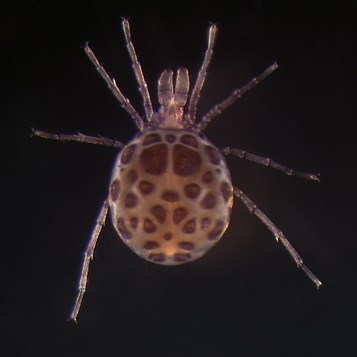
Sperchon sp. 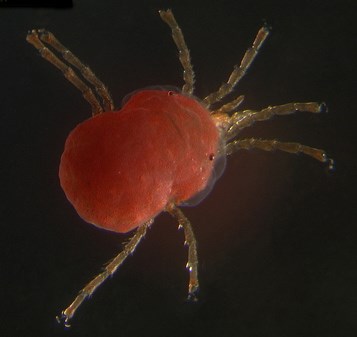
Protzia sp. 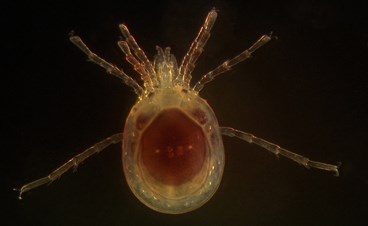
Testudacarus sp. 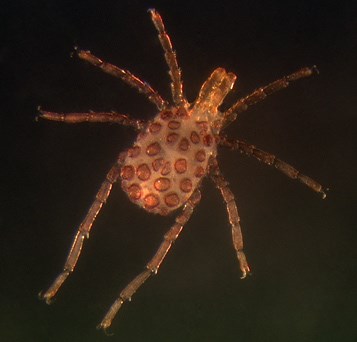
Sperchonopsis sp. |
Last updated: April 14, 2015
